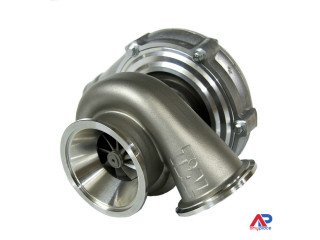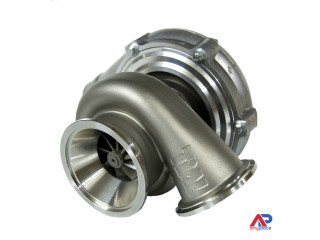ERCP Instruments
2022-06-16 12:48 Phones & Tablets Sahāranpur 210 views Reference: 1130Location: Sahāranpur
Price: Contact us
With the development of the modern technology and medicine, many advanced equipments came into being. ERCP Instruments are one of them.
Endoscopic retrograde cholangiopancreatography (ERCP) is a combined endoscopic and fluoroscopic procedure in which an upper endoscope is led into a second part of the duodenum, making it possible for passage of other tools via the major duodenal papilla into the biliary and pancreatic ducts. Contrast material may be injected in these ducts, allowing for radiologic visualization and therapeutic interventions when indicated. ERCP initially started as a diagnostic procedure through cannulation of the pancreatic and biliary ducts but has evolved over the years to a predominantly therapeutic tool. Difficult biliary cannulation is proposed to be defined as cannulation attempts duration of more than 5 minutes, more than five cannulation attempts, or at least two pancreatic guidewire passages. Direct visualization of the ducts is done through cholangiopancreatoscopy.
The side-viewing duodenoscope is considered the standard for ERCP procedure as it allows a better view of the major duodenal papilla, rendering cannulation easier. In patients with reconstructed gastrointestinal anatomy, as in patients with Billroth II gastrectomy or Roux-en-Y operation, the afferent loop entrance is hidden, and at a sharp angle, the afferent loop is elongated, and the papillary position is reversed. In these situations, the traditional side-viewing endoscope provides a limited visual field and makes afferent loop intubation challenging, thus increasing the risk for intestinal injuries. A forward-viewing endoscope may be a reasonable alternative in these circumstances, where afferent loop intubation would be easier, but papillary cannulation would be more challenging. The reversed papillary position makes it difficult for both side-viewing and forward-viewing endoscopes. The double-balloon enteroscopy technique uses two balloons to advance the forward-viewing endoscope through the intestine by alternating inflating and deflating balloons.
The dual lumen forward-viewing endoscope would allow the use of other surgical tools as an Allis forceps to hold the papilla, and using a stiffer endoscope with manual compression or instruments like polypectomy snare may be considered to make cannulation easier.
In medicine and surgery, the branch that deals with the digestive system and its disorders is called gastroenterology. Gastroenterology focuses on the diseases affecting the gastrointestinal system, which includes all organs between the mouth and the anus along the alimentary canal. Gastroenterology does study on normal functions and diseases of the gastrointestinal system: esophagus, stomach, small intestine, colon and rectum, pancreas, gallbladder, bile ducts and liver. Gastroenterology also includes other organs that participate in digestion such as the liver, gallbladder, pancreas as well as the vermiform appendix.
Reliable first class gastroenterology instruments helps gastroenterologists to diagnose properly diseases of these organs. Given the complex anatomy of the gastrointestinal system, specialized equipment and trainning are needed for assessment, diagnosis and treatment of gastrointestinal diseases.














